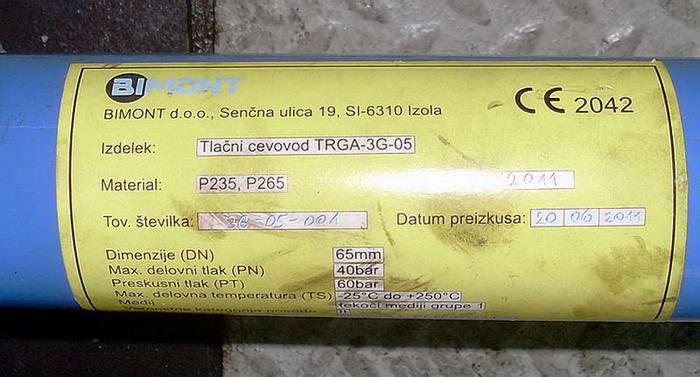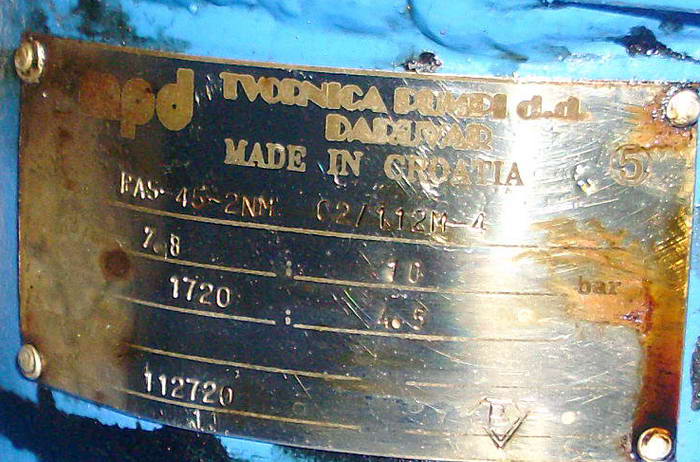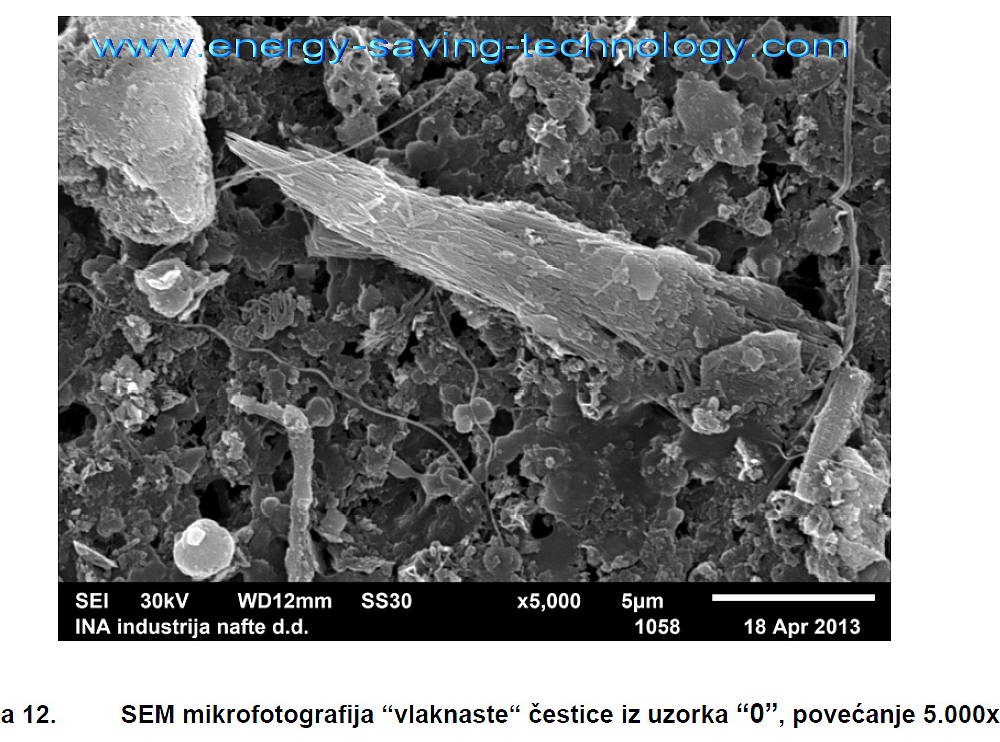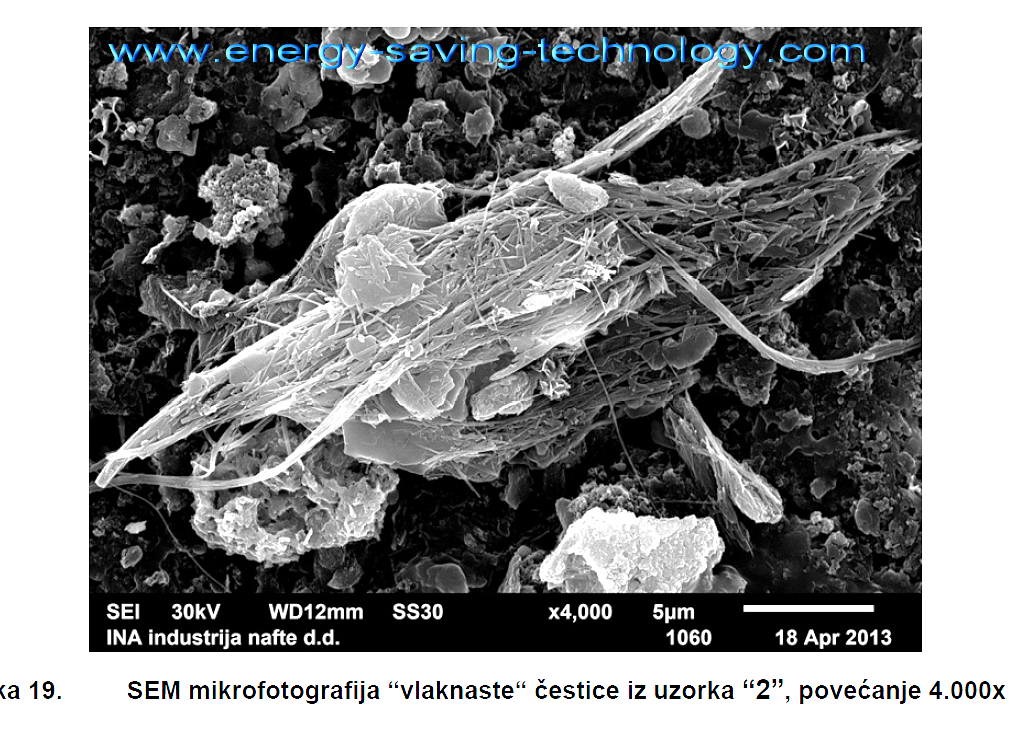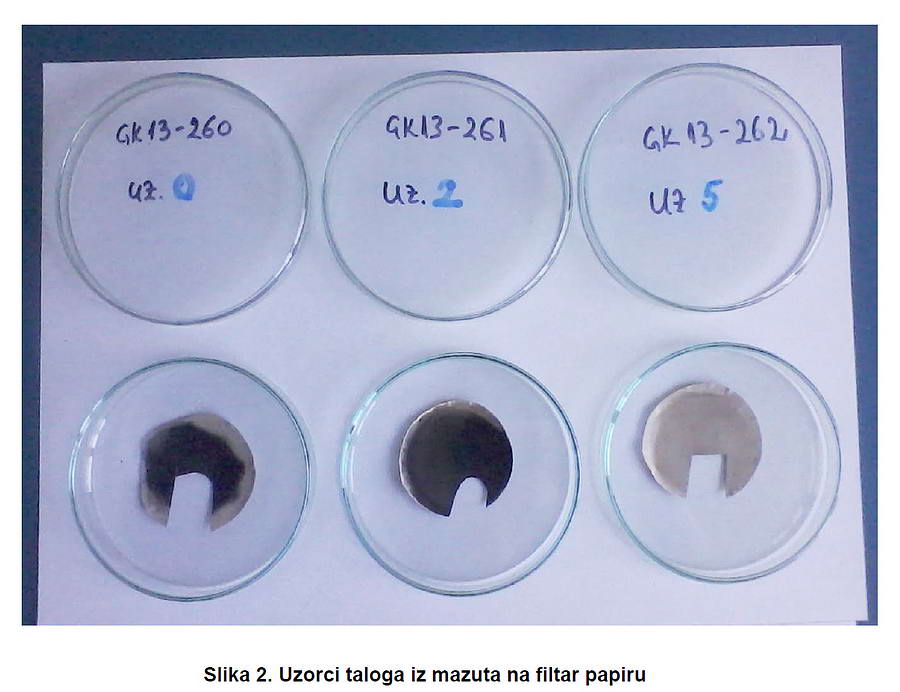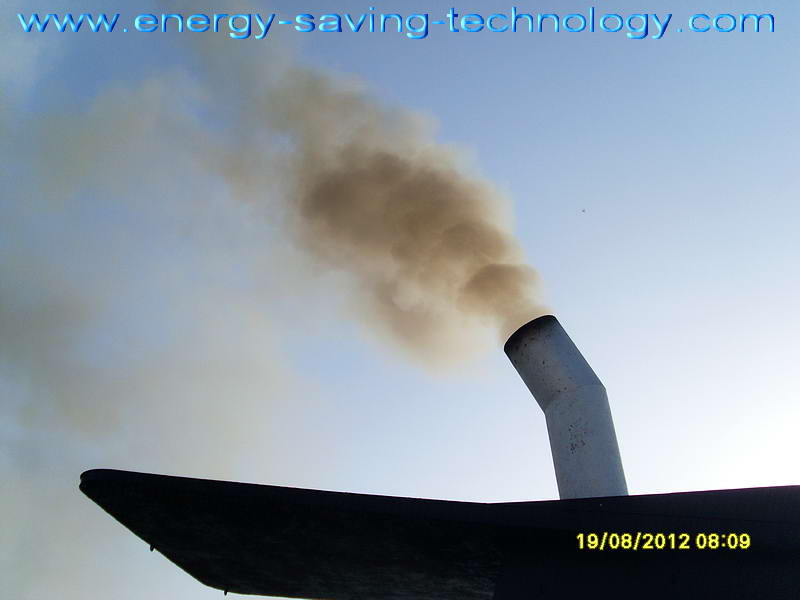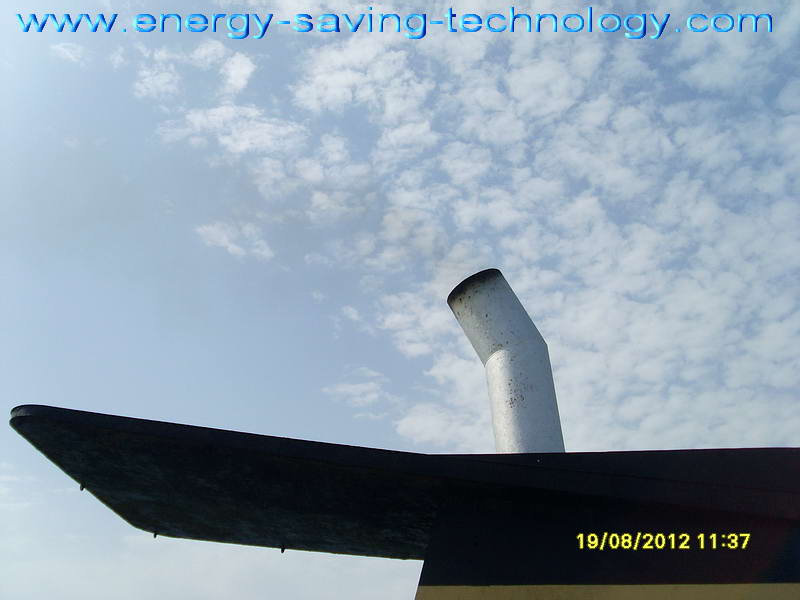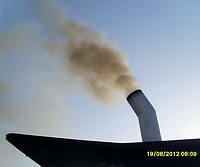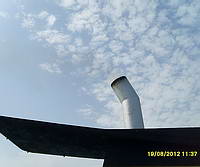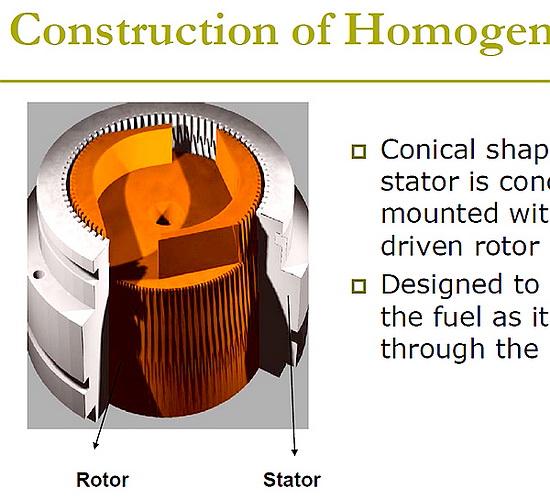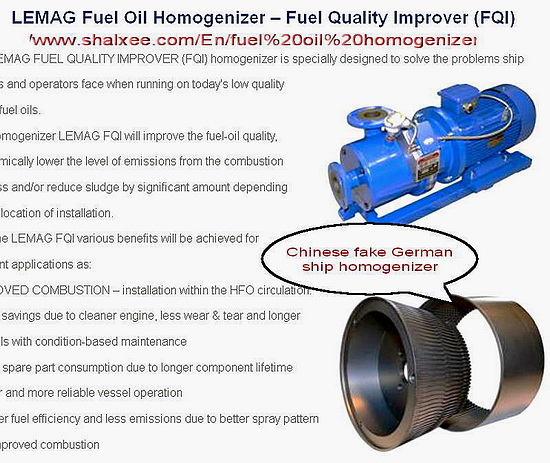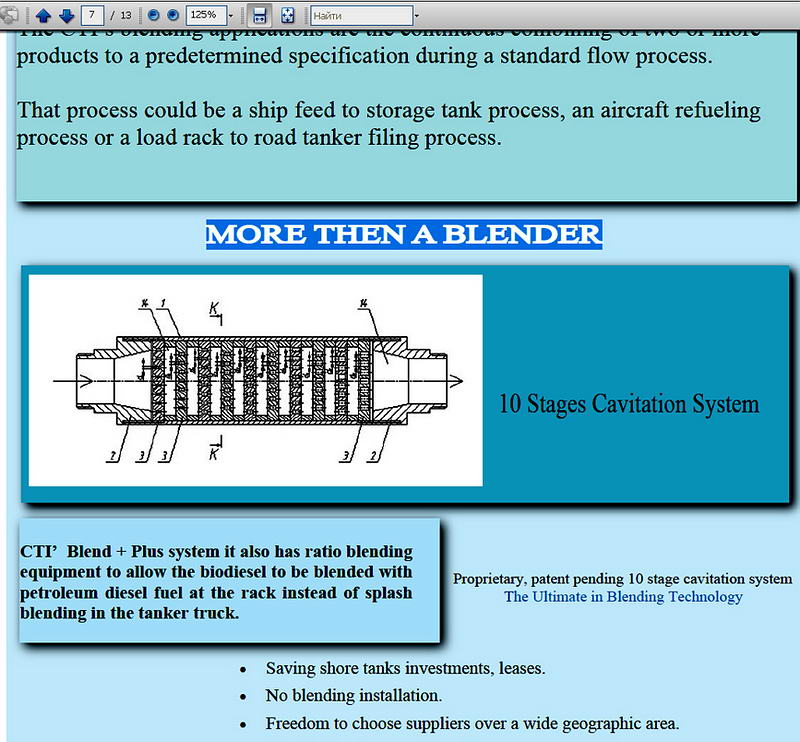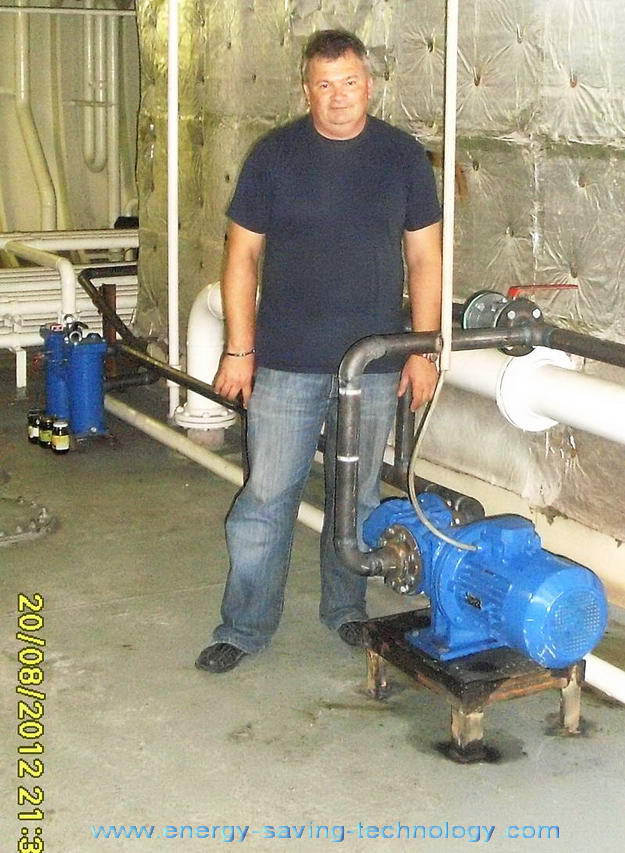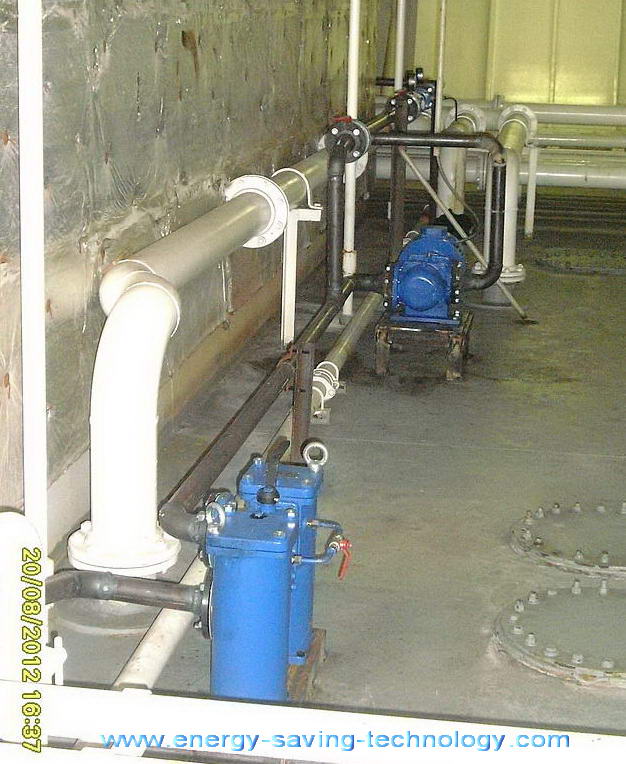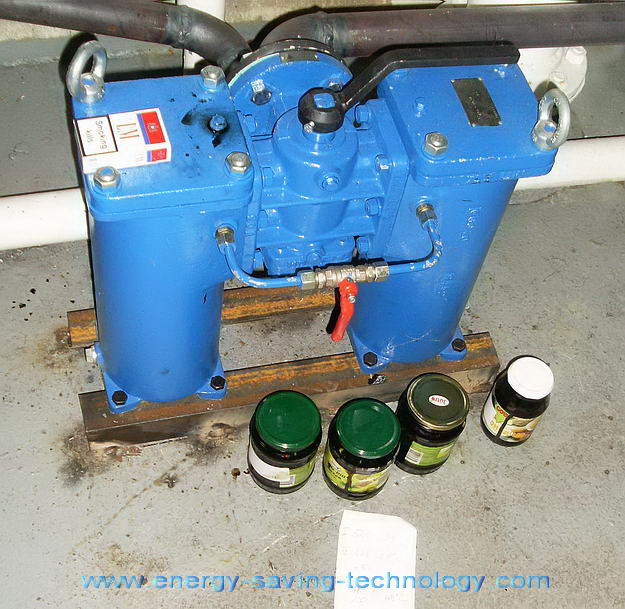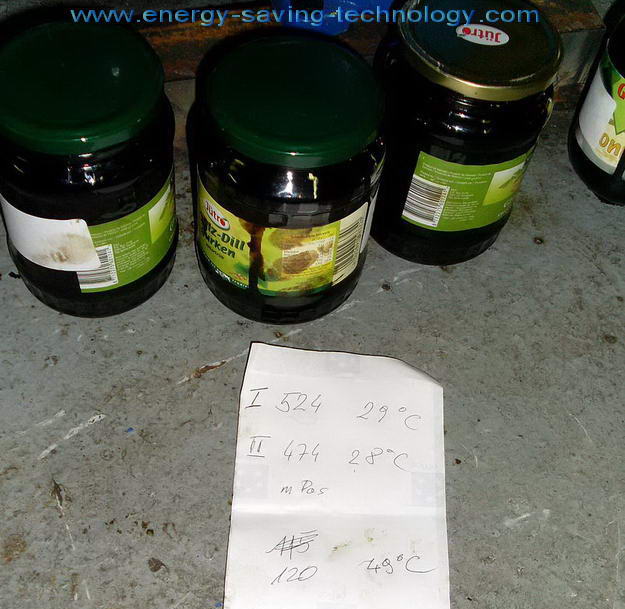| Offer.
We suggest to install on your ship - a system
of pre-processing of ship fuel PSSF (pretreatment system of
ship fuel) produced by BIMONT doo (SLO), which will provide
the following results:
1.
The increase speed fuel combustion in engines and boilers, which
will reduce harmful emissions, amount of smoke up to 20%, reduction
specific fuel consumption ( fuel economy ) from 2 up to
to 4%.
Some institutions, after
an analysis of our results, they write that the fuel
savings is 8%, but we are insisting on a 4% ...
2. Reduced viscosity of the fuel to 15% without
the use of additives that will provide possibility of using cheaper
fuels.
3. Increase service life of the separator and diesel motor
in 2 times, that provided by reducing the total amount
and dimension of coke and solid fragment up to 30%, and reduced
the quantity and size the Al and Si particles in the treated fuel
up to 40%
4. Reducing the amount of fuel that the separator rejects as a
slurry up to 95%. ( reducing the amount of sludge up to 95% )
The main difference PSSF
technology - high reliability, long-term
efficient operation of heavy fuel oil, high-quality processing
of various fuels, the ability to conduct maintenance work of ship
crew without calling customer service, as well as the experience
of successful operation for 5 years and the presence of positive
objective analysis and testing.
2. Introduction.
Subject
to improve the properties of ship fuels known since the Soviet
Union, when scientists were trying to find ways to reduce quantity
of solid particle, asphaltene and dispergation of the remaining
water in fuels to save maintenance costs of foreign ("bourgeois")
separators and increased service life of the ship's diesel engine.
In the
Soviet Union times they used the valve homogenizer, which could
almost completely eliminate the need for a separator on the
ship, but due to their low reliability and rapid destruction,
ship separators is not replaced. Valve homogenizers installed
in front of separator to reduce the speed of its destruction.
This time
the work of creation new ship's fuel homogenizer is especially
important in view of reducing the quality of the ship's fuel,
increase its value and increasing demands of modern diesel engines
to the main parameters of ship fuels - clean, viscosity, lack
of inclusions and fractional composition.
The big problem - the part of the fuel that goes into the slurry
tank. This is also a fuel. Disposal of sludge requires additional
costs. It is difficult to accept when the ship burns 20 tons
of fuel daily and 500 liters of fuel go into slurry rezurvuar.
These
works are actively engaged by German companies, both private
specialized and engine-building, but without much success. without
objective testing efficiency and without serious experimental
study.
Engine builders take it as "a useful auxiliary tool"
and shipowners as a "miracle" - with never before
seen by anyone but not confirmed by the results or with photographs
from the Internet.
It is sad
to admit that the author of the "German wonder" is
a Russian engineers so as in basis of the German rotary homogenizer
are some 20 years old USSR patents.
Appendix
1 - One of the dissertations from the Soviet Union ...
Ministry of the Navy of the USSR ODESSA
Higher Marine Engineering College of the Lenin Komsomol
SHUNGIN Sergei A. UDC 621.431.74.032.8 (043)
PROCESSES FOR THE PREPARATION OF A HEAVY FUEL MARINE DIESEL
ENGINES hydrodynamic methods
Specialty 05.08.05 - Ship Power Plants and their elements (main
and auxiliary) Dissertation for the degree of Candidate of Technical
Sciences
Supervisor - Honored Worker of Science of Ukraine,
Doctor of Technical Sciences, Professor YY Fomin Odessa - 1984
"At the present time, the problem of environmental protection
is particularly relevant. On the 26th Congress of the Communist
Party of the main directions of development of the national
economy especially highlighted the development and implementation
of measures to protect the environment and the requirements
of the "International Convention for the Prevention of
Marine Pollution" MARPOL 73-78 oblige shipowners Disposal
of oil residues. However, passing the sludge on coastal treatment
plant is related to the additional costs, especially in bourgeois
ports. Even if you go to considerable expense, it is technically
not always possible on a long voyage to accumulate waste fuel
processing and the use of inseniratorov on ships is still limited.
Therefore, the use of new training systems of heavy fuels, excluding
the loss of asphalt and tar and the possibility of sea pollution
by oil products, as well as increase the efficiency of diesel
engines is an important event.
In maritime transport, shall extend perspective hydrodynamic
method fuel preparation - homogenization. The importance of
the use of this method are studies performed VF Bolshakov [9,
16-18], VA Somov [44, 92, 93], IV, Woznicki [25-28], YI Vorzheva
[30-35, 37, 38], IA Ivanov [50,51], IP Resetnicov [19, 88-90],
etc.
Developed prototypes of fuel piston homogenizer, conducted operational
testing fuel preparation systems. However, these homogenizers
have a significant weight and size, complex design concept,
low productivity. Large-scale use of integrated fuel preparation
using homogenizer is constrained due to the lack of domestic
marine fuel homogenizer, and foreign units have a greater value.
A major obstacle to the use of homogenizers on ships is the
weak development of the theoretical issues of homogenization.
In this work highlights the results of the study of marine low
diesel fuel preparation, which provides significant fuel savings
and eliminating the possibility of contamination of the sea
of waste petroleum products on the basis of these studies have
provided the hydrodynamic patterns of rational and justified
modes homogenization process fuels. In addition, the laboratory
of the Department "Marine engines of internal combustion"
Odessa Higher Naval Engineering School named after Lenin Komsomol
(OEIMU) tested several types of homogenizing devices. Also designed
and developed standard series of prototypes of shipboard fuel
homogenizer.
The highest efficiency of the process of homogenization and
lower metal content obtained from the homogenizer developed
using high-pressure gear pump. Conducted operational testing
developed for ships standard series homogenizer type GNSH with
the pump flow from the I m3 / h up to 8 m3 / h, verified by
preparing a water-fuel emulsions homogenizer to burn them in
the auxiliary boilers.
The results of basic research have been implemented in a system
of integrated fuel processing tankers "Aktap," David
Guramishvilli "Georgian Shipping Company, OBO " Marshal
Grechko, "t he Novorossiysk Shipping Company and transport
refrigerator " Strait Vilkitski "USSR Ministry of
Fisheries. Annual economic effect of the introduction was about
7 thousand . rubles. on the tanker "Aktas," and about
9 thousand rubles. the transport refrigerator "Strait Vilysitskogo."
When using the hydrodynamic method of fuel preparation for the
series of the type "Aktas" economic effect will be
34,860 rubles., and on a series of the type "Strait Vilkitski
"- 71600 rubles.
Actuality of tasks implicit in decisions of the Communist Party
and the government on fuel economy and the requirements of the
Prevention of Marine Pollution by oil products. "
The
purpose of this long passage quoted -
to show everyone that the homeland hydrodynamic devices - Ukraine.
NeGermaniya, not the United States, not Spain or India - exclusively
Ukraine.
Many
years later,
the emigrants departed to Europe and America, and took with
them the old-forgotten examples of prototypes. Many years later
"Gentlemen of Fortune" from Europe and America began
to come to Ukraine and to buy homogenizer to copy, but failed.
In this way, these old versions of these devices have moved
to the U.S. and then in India, Spain, China ...
But
this is an old prototype.
They work exclusively well on the laboratory bench. The following
is an example of a German ship homogenizer - a replica of a
homogenizer of Leningrad, USSR, the end of the 90s. The Germans
say that "this is the achievement of German engineering"
- it's very funny to read if you know
all Russian patents
Appendix 2 - Examples of some of the ship's homogenizer (German)
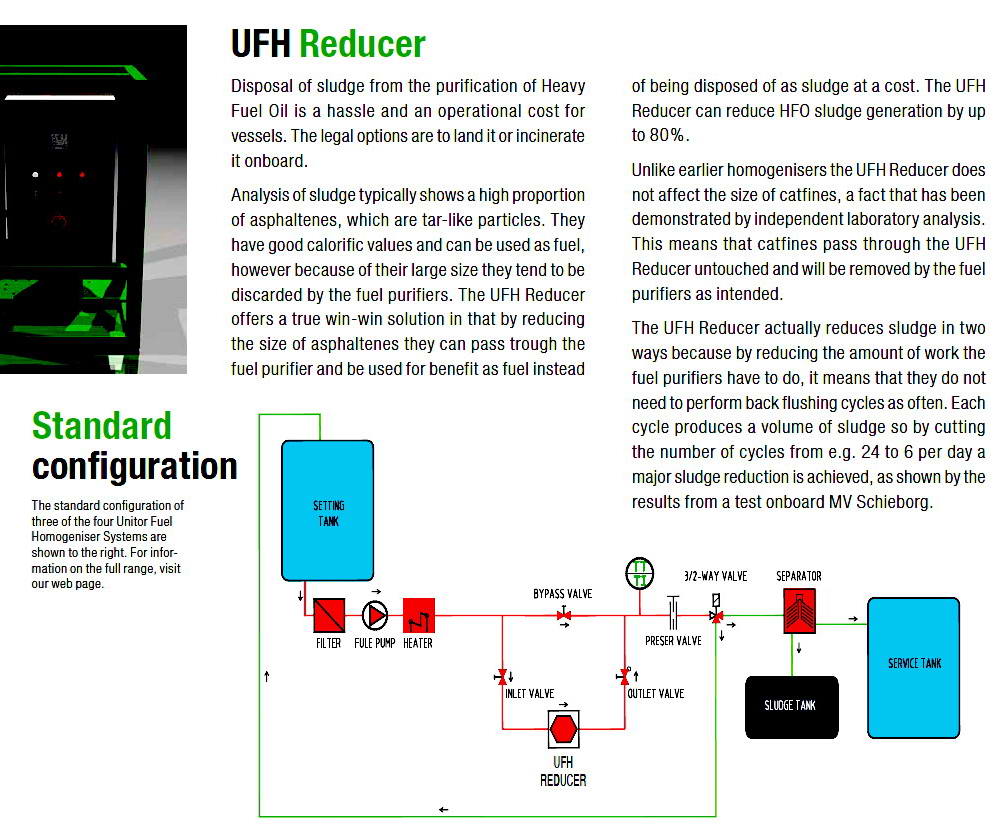
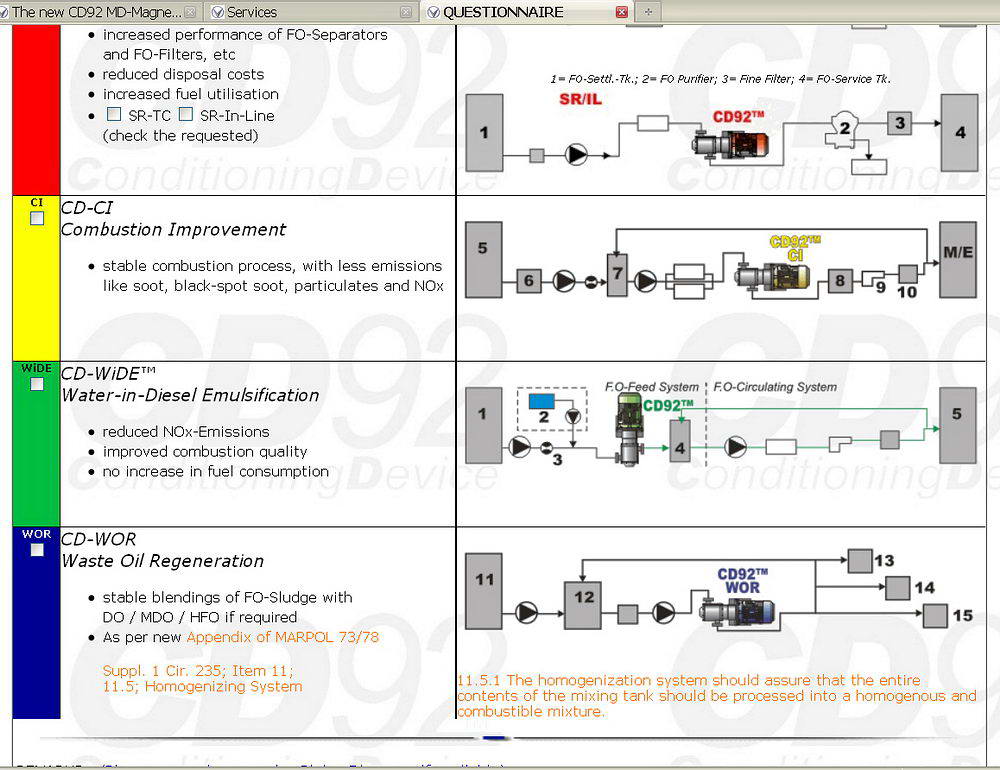
|
